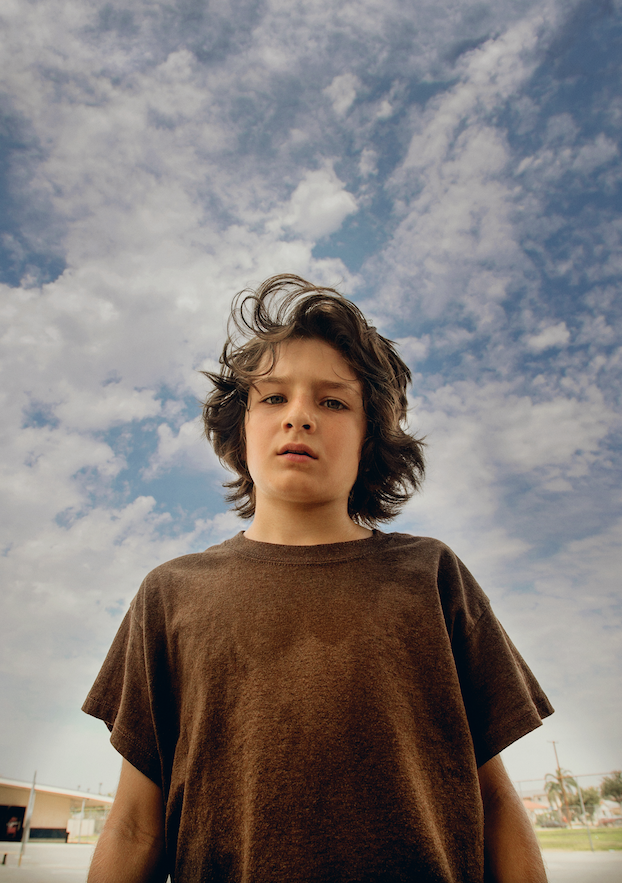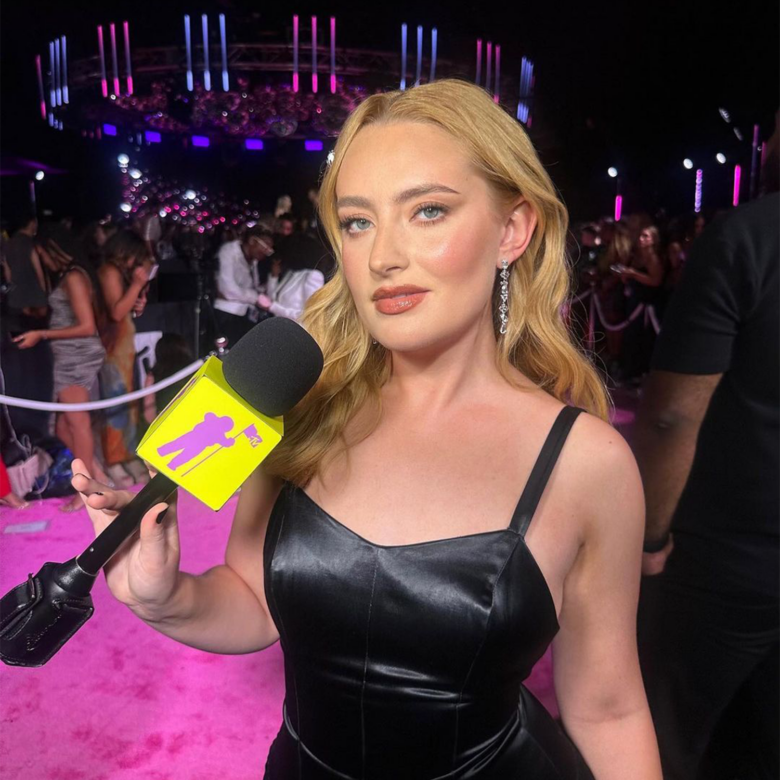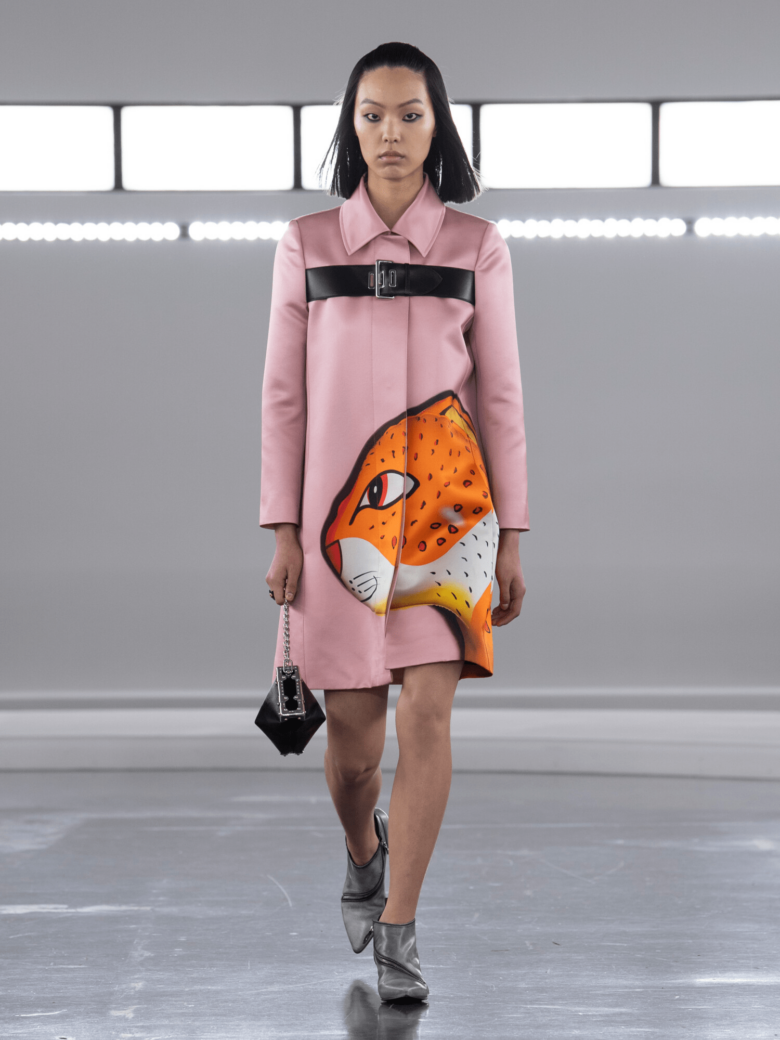Neon-popping hoodies, bucket hats and tie-dye dungarees: our obsession with the 90s is bountiful for AW19 (yet again). Jonah Hill’s film debut, coming of age drama Mid90s, perfectly nails the skater-obsessed style notes of the decade. A move away from this season’s fliratation with the colour-crazed nostalgia from fashion’s golden age, the film depicts a calmer, more nuanced moment – think logo-less tees, baggy jeans and battered sneakers.
“I had kept all of my skate magazines from 1994 – 1995,” the film’s costume designer, Heidi Bivens tells HUNGER. “I did skate when I was younger, I don’t know if I was ever any good [laughs]. I even appeared in a commercial once – there weren’t that many female skaters in New York at the time – I must have been about 17 years old. It was funny because I can remember getting rid of a lot of magazines when I was moving out and going to college [but] for some reason I felt it was important to keep those years, like Thrasher and Big Brother.
“Jonah [Hill] brought me on very early in his process. He contacted me at least two years before we went to production. He knew I had knowledge of the skate world from that era and I was familiar with that time and those types of characters. So for him it was a natural choice to look for someone like me to work on the film because the boys are wearing jeans and t-shirts. To get the silhouettes right and to get the brands right and all of that, if someone didn’t grow up in that time and wasn’t familiar with the culture then they would have to do a lot of research. I think it might have been a little tricky without that context.”
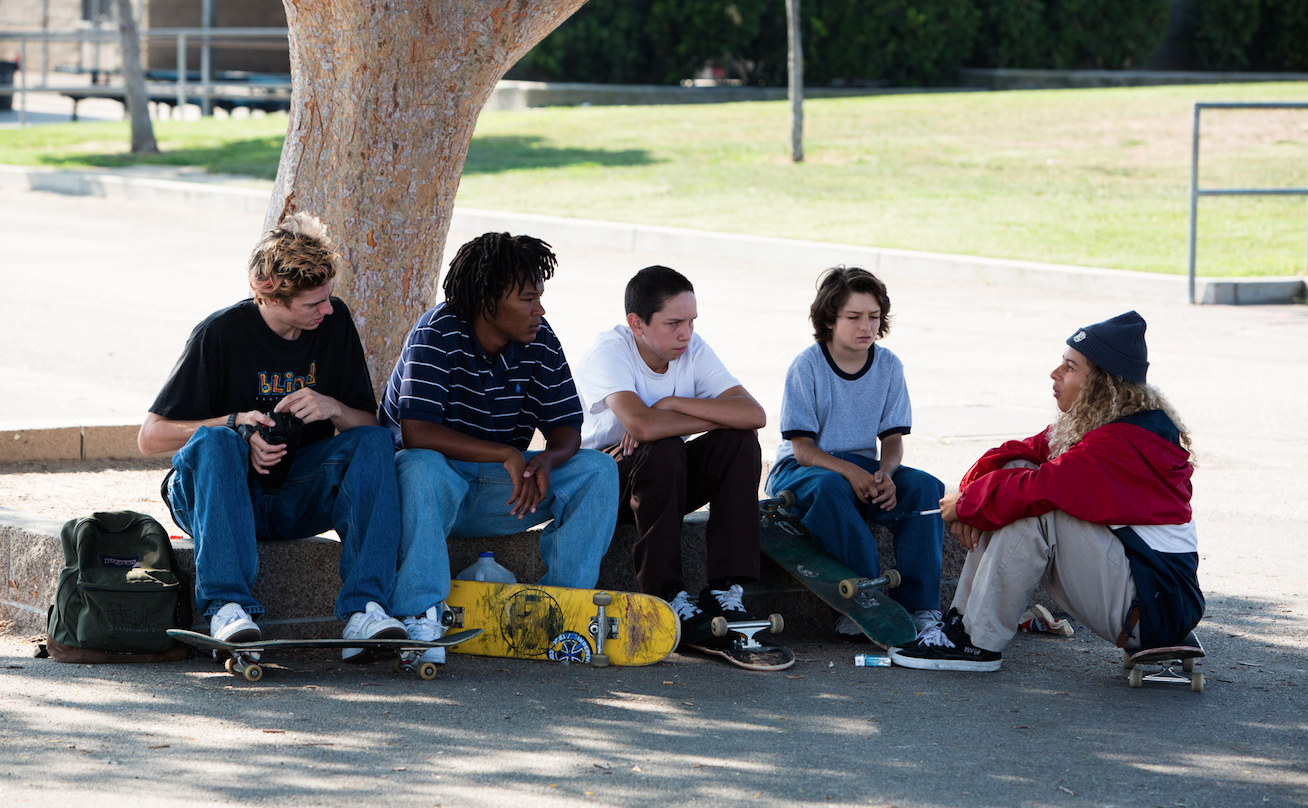
On nailing the normcore vibe
“There was as simplicity to the style of the 90s. From what I know, it was almost frowned upon to be eccentric at that point. I think it was a reaction to the goofy style of the early nineties, almost like having a uniform and not standing out. People were still following their own paths though, they were doing their own thing but in general it was popular to wear blank t-shirts with nothing on them. To wear a white t-shirt was cool.”
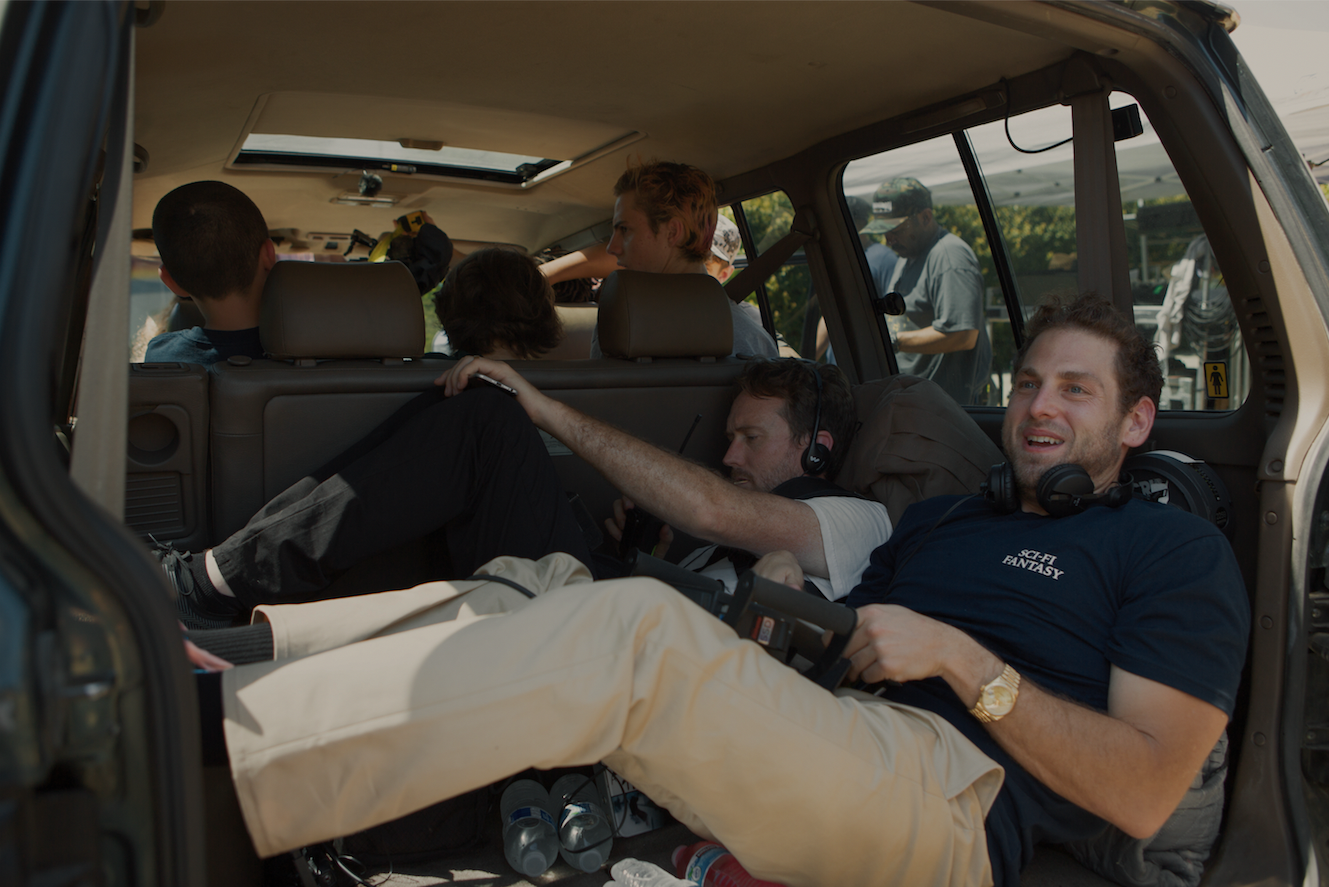
On reclaiming the vintage looks of the era
“My assistant Kat [Danabassis] and I started looking through archives for the boys in the film. Kat’s husband is one of the skateboarders Jerry Hsu – that was a great advantage to me that I had a costume designer who was very familiar to that world. Though when we started looking through archives we found that not a lot of people kept anything from that era, [they] probably most people didn’t realize it would be worth anything! So we contacted everyone we knew – I was calling friends who were skateboarders who I hadn’t spoken to in ten years, and I was asking them they had anything in their garage or their basement. We called all the skate companies and told them about the project and asked if we could have access to their archival artworks and all of them helped which was great. We would get their original art and get the right looks and do on-screen printing. For the jeans we went to all the costume houses, eBay and Etsy and we were able to build a stock.”
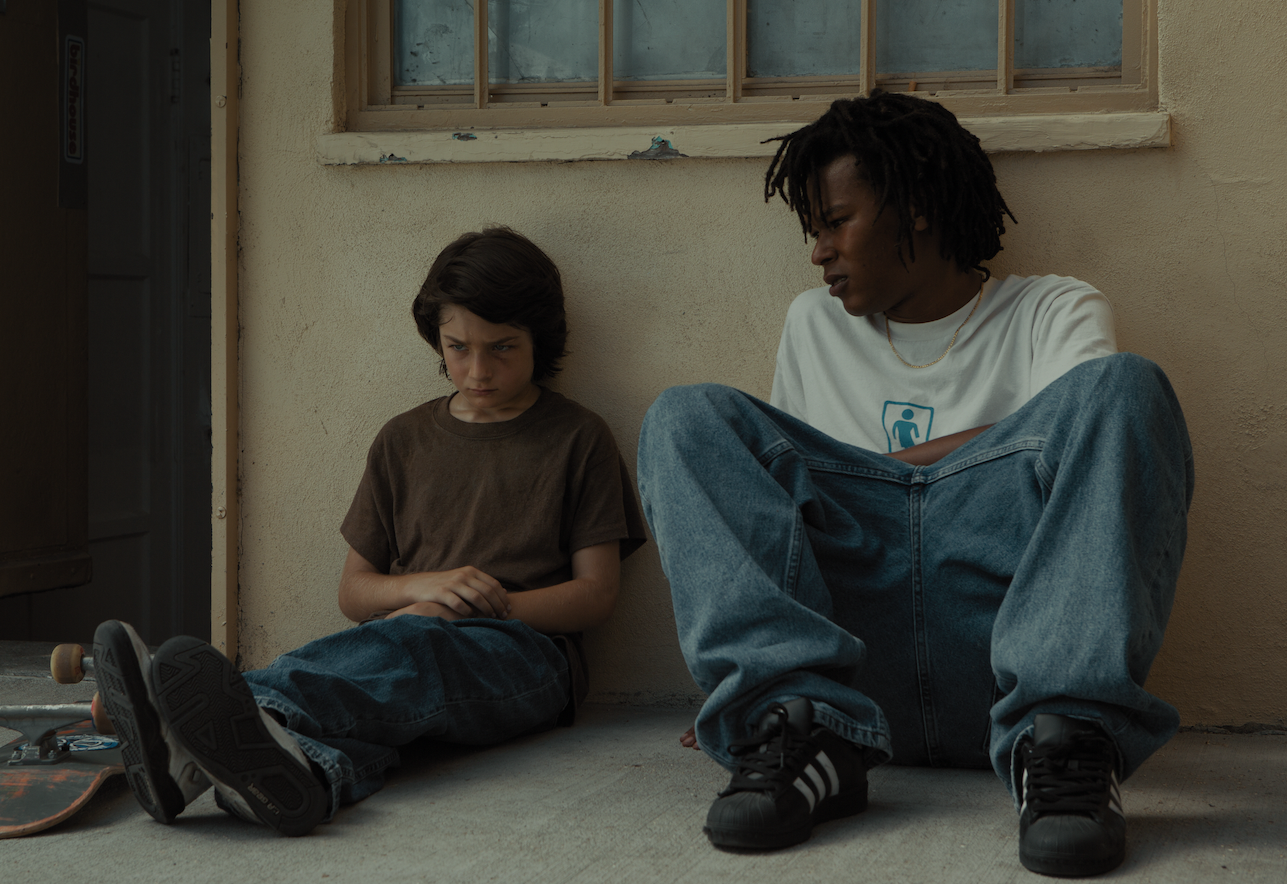
On the rise and micro trends of 90s fashion
“This simplicity was part of what was happening in the skate world in the mid nineties because before that, in the early nineties there was… if you think the pants are big in Mid90s about a year or two before the time of the film, they were even bigger! Rave culture became big, there was a lot of over the top silhouettes and people wearing extremely baggy clothes. Then what is portrayed in the film is when that community of skateboarders started to scale things back. People told me a story how at the time in 1995, the tour managers for some of the bigger skateboard companies would take the team to the Gap to shop. That was fashion to them.”
‘Mid90s’ is in UK cinemas from April 12th. Follow Heidi on Instagram @heidibivens.
